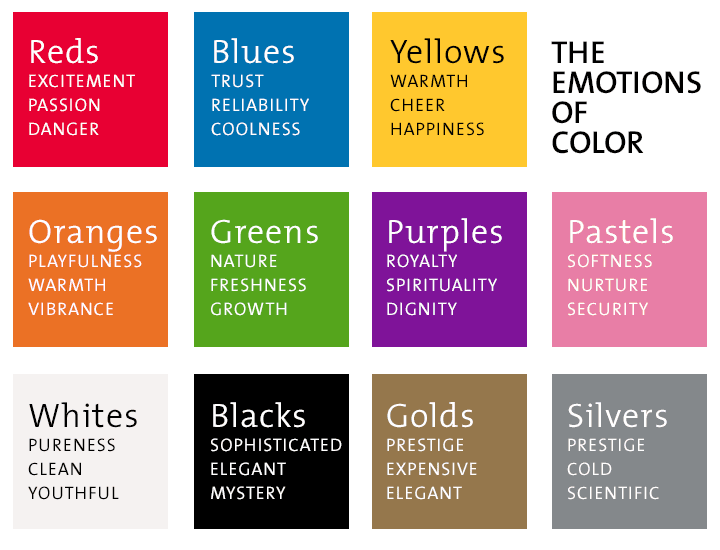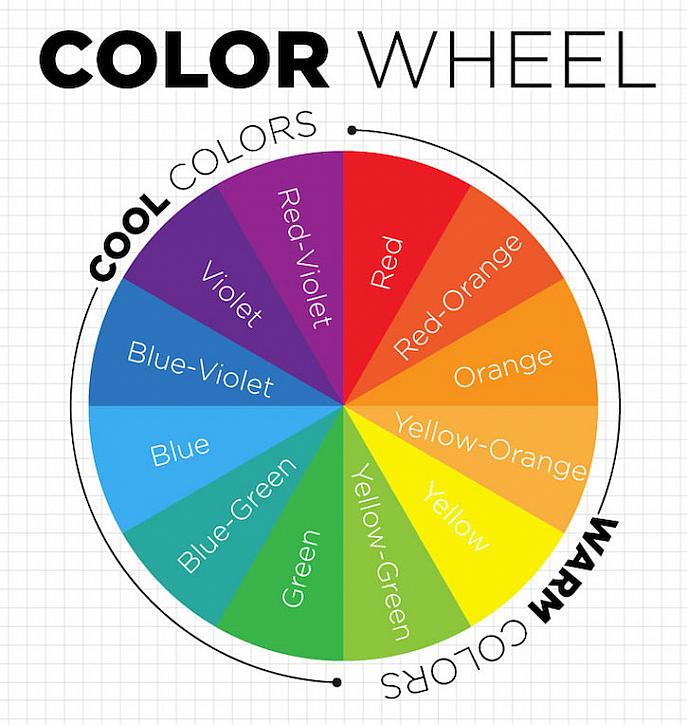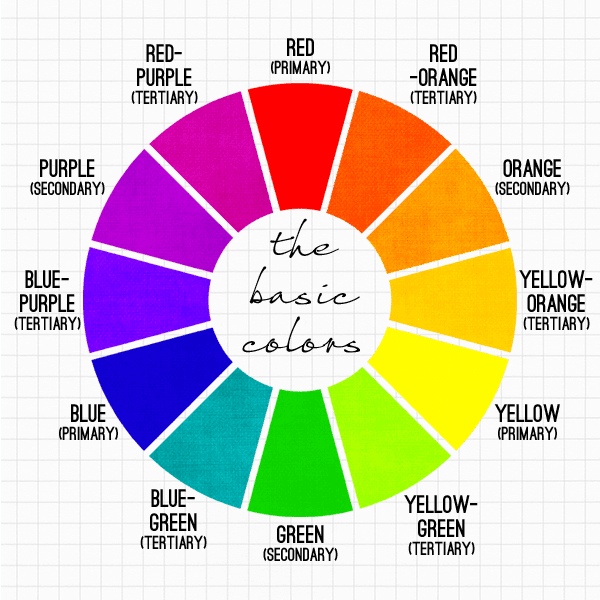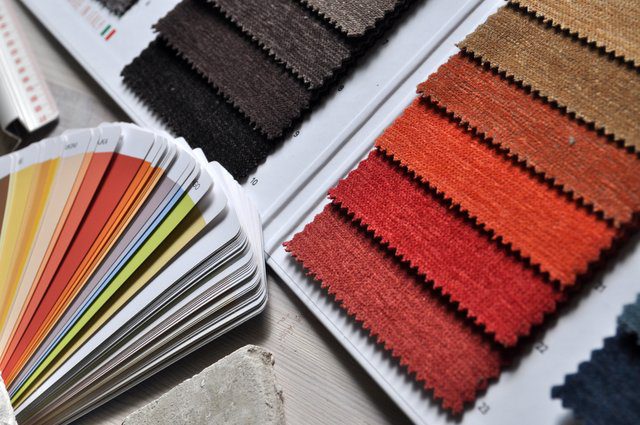It is no coincidence that most waiting rooms tend to be neutral and soft, while restaurants use copious amounts of yellow and red. The visual senses are closely connected to brain activity and therefore affect the decision-making process. Many day to day choices are not made on logic but rather on the emotional impact they have.
Colors can work to manipulate the initial emotional reaction that is experienced. Whether they are present in an advertisement, clothing, or on a wall. It is thought that neutral colors allow for greater rational focus, while bright colors can create an exciting and fast-paced atmosphere.
In addition to the colors present in a space, the way that different colors interact is also important when designing an advertisement or decorating a room.
The use of the color wheel can help to identify colors that are contrasting or supportive of each other, as well as what perceived emotional impact they could have on a client.
Below is a list of some common colors and the general impact they have:
- Blue – Calming and Relaxing
- Purple – Contemplation and Reflection
- Red – Excitement, Hunger, and Power
- Orange – Work Ethic, Productivity, and Creativity
- Yellow – Happiness, Joy, and Humor
- Green – Growth, Expansion, and Health
Colors are further divided into two broad categories of warm and cool.
- Blue, green, and purple are part of the ‘cool’ spectrum,
- while red, yellow, and orange are included on the ‘warm’ spectrum
Cool colors are associated with relaxation, peace, and tranquility, while warm colors are associated with speed, energy, and enthusiasm in general.
The emotional effects that a specific color will have to depend on the cultural background of the individual. Different parts of the world view colors differently, most obviously observed in the color white. In Eastern countries, white is a color of mourning and ill fortune, while in Western countries, the color white is affiliated with purity and innocence.
Colors in Culture
When using colors to elicit an emotional reaction, it is important to consider the cultural background of the client prior to assigning appropriate colors to an advertisement, decorations, or clothing. Understanding what each color represents for the client’s culture is important in building a relationship with them and achieving the desired result. In Eastern countries, for example, red is thought to be an incredibly lucky color, whereas, in the West, it can invoke feelings of anger and passion.
Knowing which cultural background your clients have is not always possible, so this is why many companies choose to use neutral colors in their marketing campaigns. The exception to this is when the company is targeting a specific emotion in the client, such as refreshment or expansion, in which case they may want to have the color associated with that emotion as a central part of the advertisement. Colors are also thought to affect the physical body, although this is not medically documented.
Colors in Clothes
It is easy to see how the color of clothing can also impact how a person feels throughout their day. When it comes to clothing, however, color psychology tends to have an effect on both the wearer as well as the people they interact with. It is thought that wearing orange can increase work productivity while wearing earthy tones such as brown or black can imbue a sense of security and safety in the wearer. Red is a passionate color that can bring a feeling of excitement to interactions with others, which makes it a wonderful color to wear on a date.
Colors are also used in makeup and hair, bringing these traits even closer to the person wearing them and possibly having a deeper impact on them due to the continuous exposure. The effect that colors have is not permanent and will fade quickly once the color is removed from sight, making it the perfect tool to encourage impulse buying. Now that a foundation has been established for the use of color as an emotional tool let’s take a deeper look into what colors actually are.
What Makes a Color?
Colors are different wavelengths of pure white light. Each wavelength in white light can be interpreted by the eyes as a unique color, which is what causes a rainbow to appear when sunlight hits a glass prism. The colors we see in objects are reflected from these wavelengths interacting with the light, which is why we cannot see very well in the absence of light. Different tones and shades of color occur when two or more wavelengths blend, allowing for a nearly endless spectrum of opportunity.
The basic colors boil down to red, yellow, and blue. It is thought that all other colors are a mix of these three primary colors. Secondary colors occur when mixing two primary colors together, and these include purple, green, and orange. Tertiary colors are the next step to this blending process and allow for even more shades to be developed. As these colors are blended together to form more expressions of color, the power of optimizing color for emotional management increases as well.






